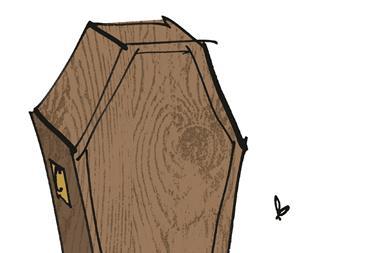A chemist’s-eye view of a typical day

We often hear that chemistry infiltrates all aspects of our daily lives. This is never so true than for a PhD student. Immersing yourself in the subject makes you acutely aware of the way it underpins virtually everything we do. Reflecting on this one average Monday, I decided to make a record of my everyday chemical encounters…
7.00am – Up and out
The day starts with an array of bathroom lotions and potions. A glance at the ingredient lists reveals exotic-sounding extracts such as Rosmarinus officinalis and Anthemis nobilis– otherwise known as rosemary and camomile oil – along with more clinical-sounding ingredients like caprylic triglyceride, cetearyl alcohol and sorbitan stearate. I recognise these as surfactants – handy molecules that engulf dirt particles in spherical structures called micelles, allowing them to be removed by rinsing with water. This leaves my skin feeling clear, fresh and ready to face the day.
8.00am – On the move
Once clean, and filled with coffee, it’s time to leave the house. On my way to the station, I pass a garage with a huge yellow sign advertising ‘Goodyear Tyres’. For most, this is just a popular brand of tyre that doesn’t warrant a second glance, but for me, the name brings back memories of polymer chemistry lectures about Charles Goodyear, the man who developed the vulcanisation process to strengthen natural rubber or polymers by forming cross-links between chains. Today, the same technology is used to make the tyres sold by the garage, the conveyor belts in the supermarket next door and part of the escalators that take me down to the underground station.
9.00am – Highlighter fun
When I’m not in the lab doing practical work I spend much of my time reading papers. To help pick out the most important bits, I use a highlighter. It may be just a bright pen to the untrained eye, but I take a moment to appreciate the cocktail of components that make up highlighter ink. It’s a combination of glycol solvents, water and a dye such as a rhodamine (pink), pyranine (yellow) or coumarin/xanthene (orange). These fluorescent dyes absorb UV light and emit it in the visible region, giving the ink its luminous appearance.
6.00pm – Time to recharge
Inevitably, by the end of the afternoon the battery on my phone will reach a critically low level. Smart phones are currently powered by lithium-ion batteries, which have a negative electrode, such as graphite, and a positive electrode, often made from LiCoO2, surrounded by an electrolyte. Lithium ions flow from one electrode to the other, providing the energy to keep phone applications running. When the source electrode runs out of lithium ions the battery goes flat, but it can be recharged at the end of the day by getting them to flow in the other direction.
11.00pm – The brush off
By the end of the day, one final task remains before I can crawl into bed: brushing my teeth. It strikes me that even toothpaste is a small feat of chemical genius. Most brands contain fluoride ions, which strengthen tooth enamel and prevent demineralisation by replacing the natural hydroxyapatite with fluorapatite, a harder mineral that makes the tooth more resistant to breakdown and reduces the chances of cavities.
Clean teeth signals the end of the day, and with it the end of my ‘experiment’. I’ve captured a mere snapshop of the everyday chemistry we all experience, usually without a second thought. It’s clear that once you know where to look, the Cinderella science can be found in the strangest of places.












No comments yet